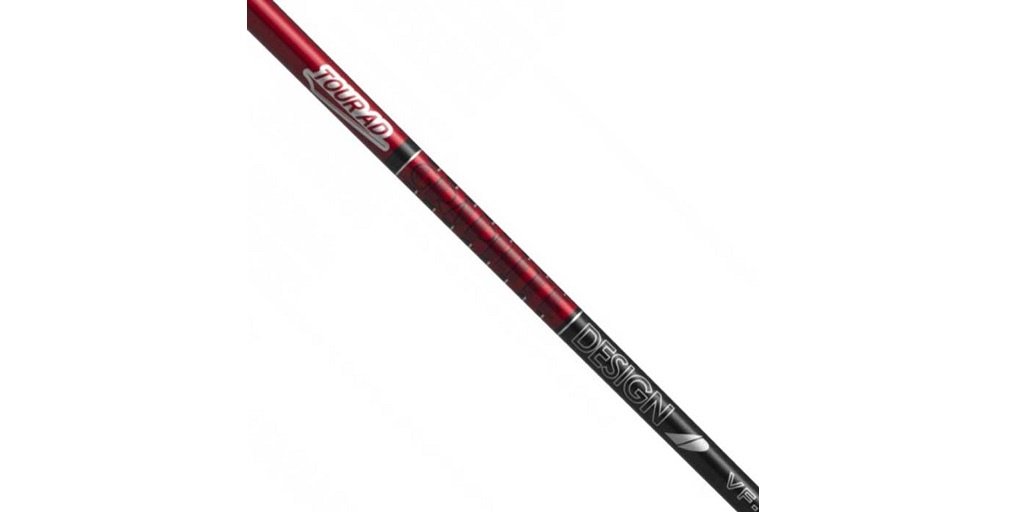Ever been in a golf shop and heard fitters talking about “senior” golf shafts? Perhaps you’ve read a golf blog and see a note on “senior flex” shafts or best shafts for seniors?
Have you ever wondered what that means?
It’s simpler than you probably think, but let’s peel back the layers so we can explore the important factors associated with golf shafts for seniors.
The Basic Difference
There’s only one real difference between most senior flex golf shafts and regular flex golf shafts, and it’s that golf shafts for seniors usually have a lower stiffness rating.
As you might imagine, a lower stiffness rating typically corresponds (but not always) to lower torque and lower kick point ratings.
As a result, senior shaft golf clubs usually produce higher launch profiles and often (but not always) produce more spin.
But why are these things necessary?
Why Are Golf Shafts for Seniors More Flexible?
As you age, your body naturally loses muscle tone and density, and you lose some of the strength of your youth. While you can still stay in shape, this is just an unfortunate truth of aging.
Without extra work, you will also lose some of the flexibility you enjoyed in youth, too, which will impact your range of motion and thereby your golf swing.
The main effect of this loss of muscle density and flexibility is that you can no longer swing as fast or as hard as you once could.
So, if your swing tempo and speed start to flag, there are two adjustments you can make: training more and playing with equipment that’s better for your skills.
In this instance, this means playing with golf shafts for seniors that are more flexible than their regular counterparts, and are specifically intended to accommodate the needs of players with slower swing speeds.
Shafts that are more flexible tend to load more fluidly and can help supplement a slower swing which produces lower clubhead speeds. Think of these shafts as springs that load and unload more efficiently with energy.
As a result of their higher flexibility, golf shafts for seniors also tend to be just a bit more forgiving, as well, which is better for older players looking to keep a lid on shot dispersion and rollout.
These shafts tend to produce higher launch profiles as well as higher spin characteristics. Higher launch keeps the ball in the air longer which improves carry distance, and higher spin helps produce lift, which also increases carry distance.
So, in a nutshell, golf shafts for seniors can potentially help players hit the ball farther, without making any changes to routine, all while helping to control shot dispersion.
How Far Should a 70-Year-Old Be Able to Drive a Golf Ball?
How far a 70-year-old “should” be able to hit the ball is a product of many factors. It also depends not only on what he or she is swinging but also on his natural abilities.
If he or she’s a fast, strong player, he or she will be able to hit the ball farther than the average we give.
But if we’re strictly talking averages, when equipped with a shaft/club combo that works with them, they should be able to hit the ball about 200 yards.
Where Can You Discover Some of the Best Golf Shafts for Seniors?
Interested in learning more about golf shafts for seniors, or checking out a few shafts that might be better for you?
Check out Dallas Golf Company via the previous link. They carry a wide range of golf shafts including golf shafts for seniors and amateurs that have higher flex ratings.
They also offer an online shaft fitting tool and work with professional golf club fitters who can help you find the perfect shafts.
Visit their website, call them at 800-955-9550 or visit them in Dallas for the full experience.
For more information about Sun Mountain Golf Cart Bags and Callaway Paradym Please visit: Dallas Golf Company Inc.


No comments yet